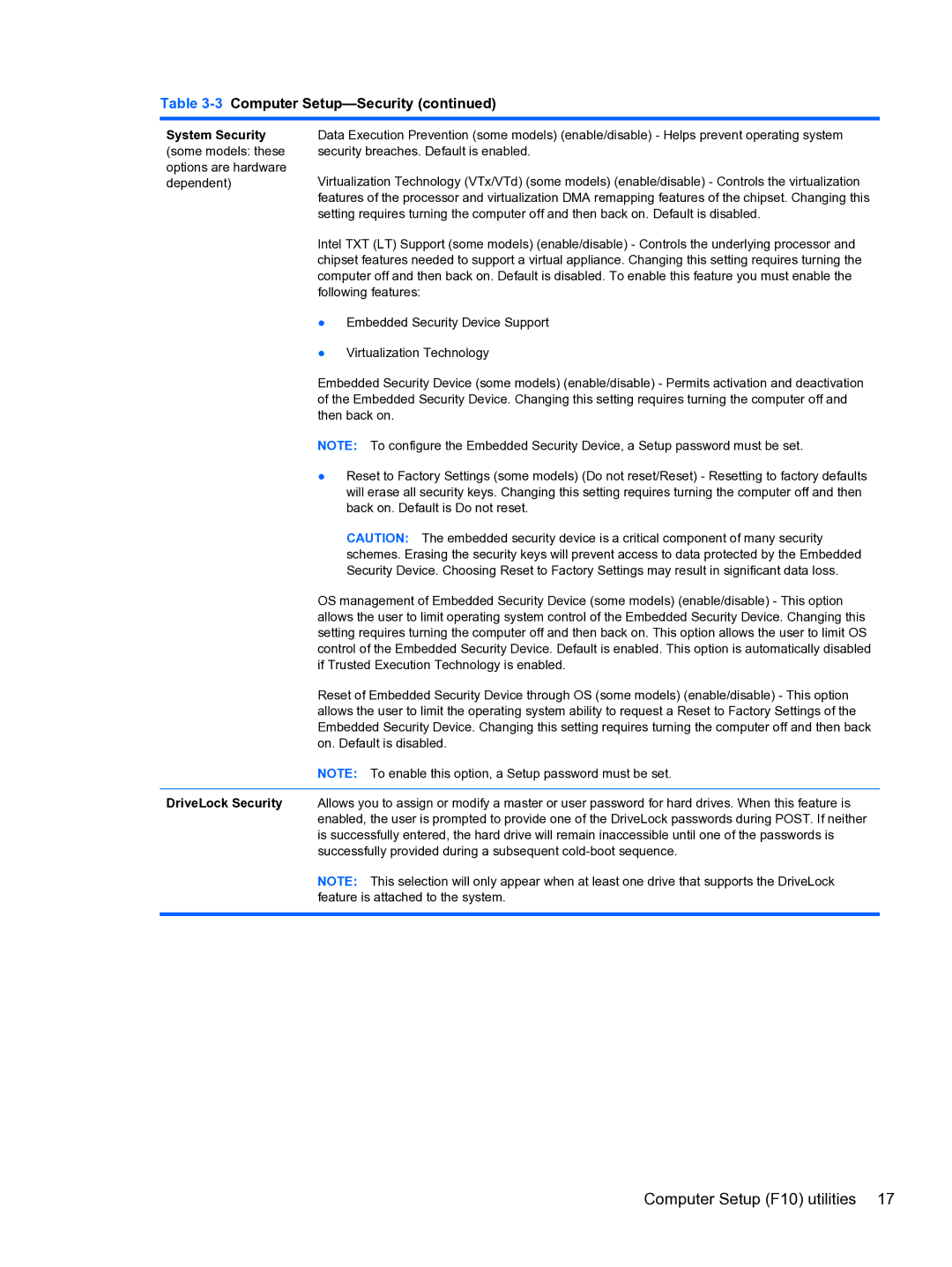Table 3-3 Computer Setup—Security (continued)
System Security | Data Execution Prevention (some models) (enable/disable) - Helps prevent operating system |
(some models: these | security breaches. Default is enabled. |
options are hardware | Virtualization Technology (VTx/VTd) (some models) (enable/disable) - Controls the virtualization |
dependent) | |
| features of the processor and virtualization DMA remapping features of the chipset. Changing this |
| setting requires turning the computer off and then back on. Default is disabled. |
| Intel TXT (LT) Support (some models) (enable/disable) - Controls the underlying processor and |
| chipset features needed to support a virtual appliance. Changing this setting requires turning the |
| computer off and then back on. Default is disabled. To enable this feature you must enable the |
| following features: |
| ● Embedded Security Device Support |
| ● Virtualization Technology |
| Embedded Security Device (some models) (enable/disable) - Permits activation and deactivation |
| of the Embedded Security Device. Changing this setting requires turning the computer off and |
| then back on. |
| NOTE: To configure the Embedded Security Device, a Setup password must be set. |
| ● Reset to Factory Settings (some models) (Do not reset/Reset) - Resetting to factory defaults |
| will erase all security keys. Changing this setting requires turning the computer off and then |
| back on. Default is Do not reset. |
| CAUTION: The embedded security device is a critical component of many security |
| schemes. Erasing the security keys will prevent access to data protected by the Embedded |
| Security Device. Choosing Reset to Factory Settings may result in significant data loss. |
| OS management of Embedded Security Device (some models) (enable/disable) - This option |
| allows the user to limit operating system control of the Embedded Security Device. Changing this |
| setting requires turning the computer off and then back on. This option allows the user to limit OS |
| control of the Embedded Security Device. Default is enabled. This option is automatically disabled |
| if Trusted Execution Technology is enabled. |
| Reset of Embedded Security Device through OS (some models) (enable/disable) - This option |
| allows the user to limit the operating system ability to request a Reset to Factory Settings of the |
| Embedded Security Device. Changing this setting requires turning the computer off and then back |
| on. Default is disabled. |
| NOTE: To enable this option, a Setup password must be set. |
|
|
DriveLock Security | Allows you to assign or modify a master or user password for hard drives. When this feature is |
| enabled, the user is prompted to provide one of the DriveLock passwords during POST. If neither |
| is successfully entered, the hard drive will remain inaccessible until one of the passwords is |
| successfully provided during a subsequent |
| NOTE: This selection will only appear when at least one drive that supports the DriveLock |
| feature is attached to the system. |
|
|
Computer Setup (F10) utilities 17
